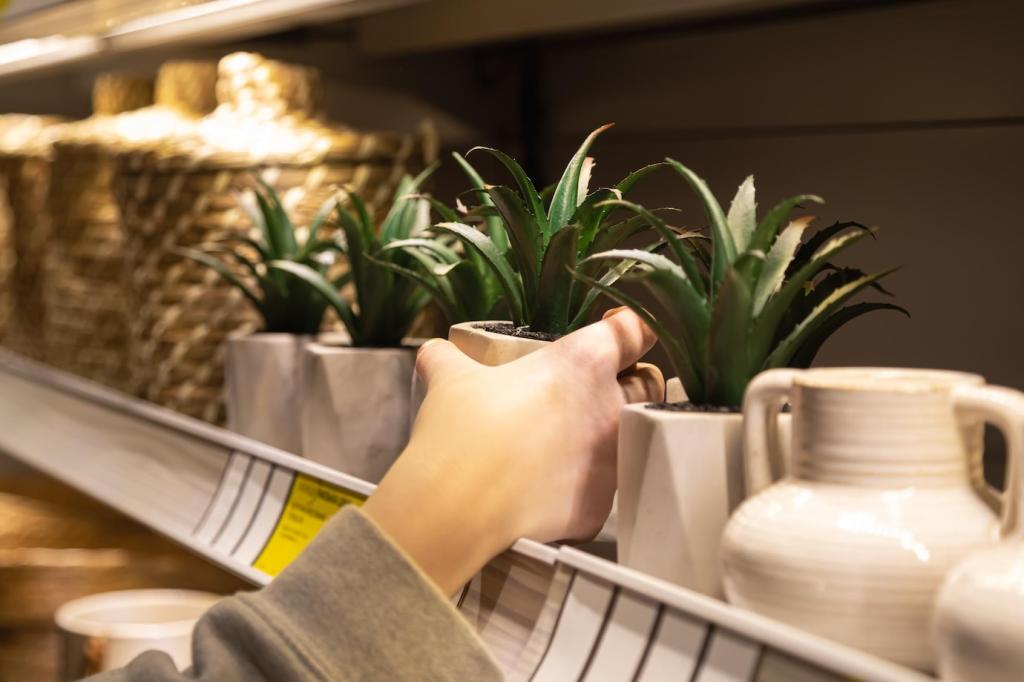
Eco‑Friendly Fabrics for Home Decor: A Beautiful, Conscious Makeover
Chosen theme: Eco‑Friendly Fabrics for Home Decor. Step into a home that looks stunning, feels comforting, and reflects your values. Explore materials, stories, and practical ideas that make sustainable style effortless—and join us by commenting, subscribing, and sharing your own fabric wins.
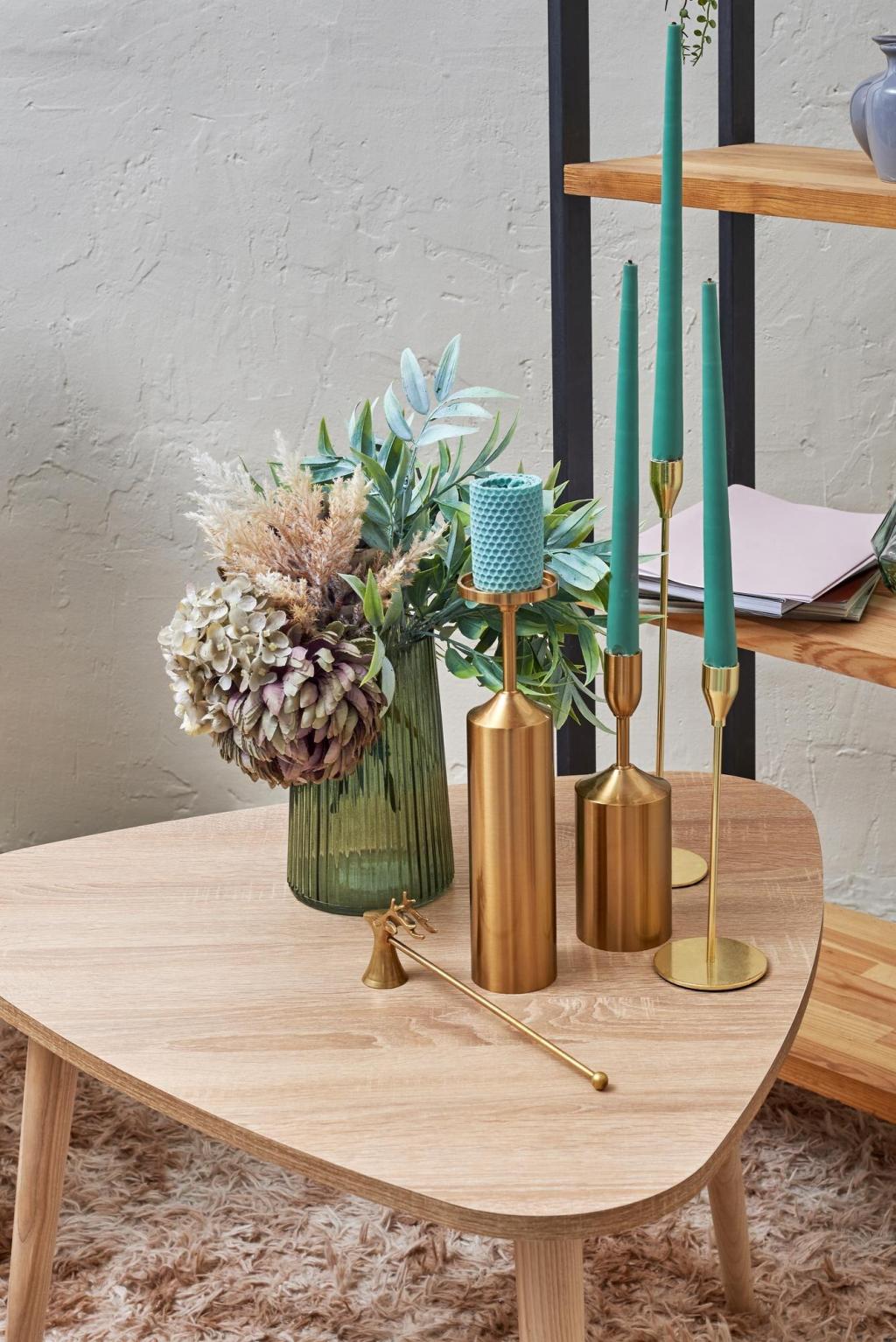
What Makes a Fabric Eco‑Friendly?
Seek fibers grown without synthetic pesticides and with soil health in mind. Organic cotton, linen, hemp, and jute shine for durability, breathability, and lower impact. Regenerative practices rebuild topsoil, sequester carbon, and produce resilient fibers that age gracefully in everyday decor.
Texture, Color, and Style with a Conscience
Start with calming neutrals—undyed linen, oatmeal hemp, warm organic cotton—then layer plant‑dyed hues like indigo, madder, and olive. The result is a cohesive palette that flatters natural light, resists trends, and remains timeless through seasonal refreshes.
Texture, Color, and Style with a Conscience
Mix slubby linen with tightly woven hemp canvas and buttery organic cotton sateen. This interplay catches light differently throughout the day, creating visual rhythm and tactile comfort that encourage lingering, reading, and conversation around the sofa, window seat, or dining table.
Texture, Color, and Style with a Conscience
When I swapped shiny polyester drapes for weighty linen, the room’s echo softened, the light warmed, and guests kept asking what changed. It was texture, not clutter. Tell us: which corner of your home would transform most with eco‑friendly fabrics?
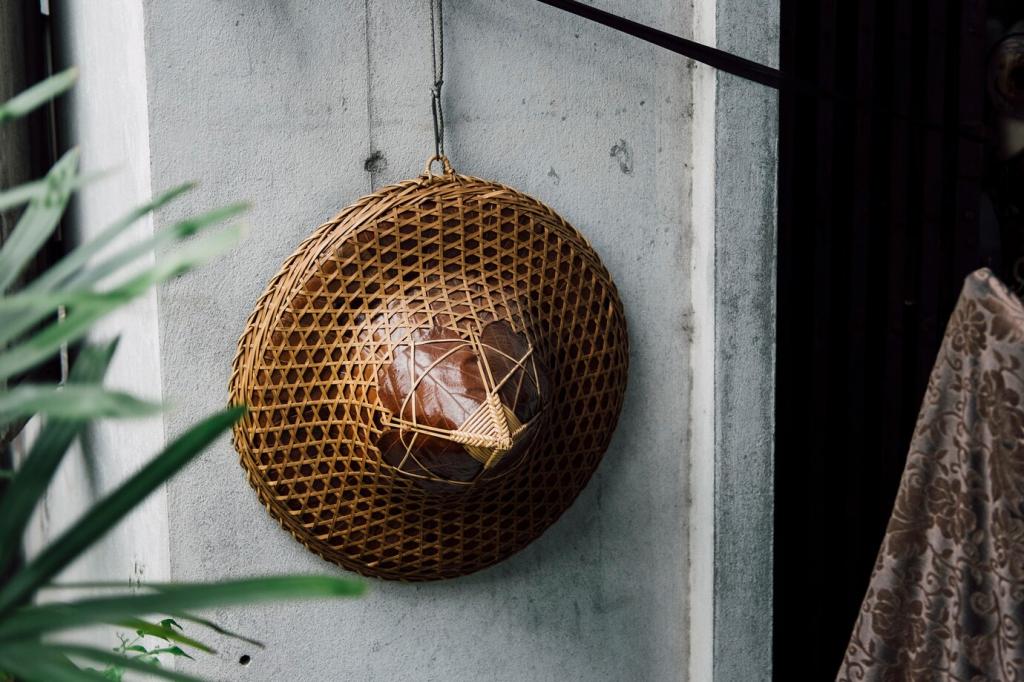
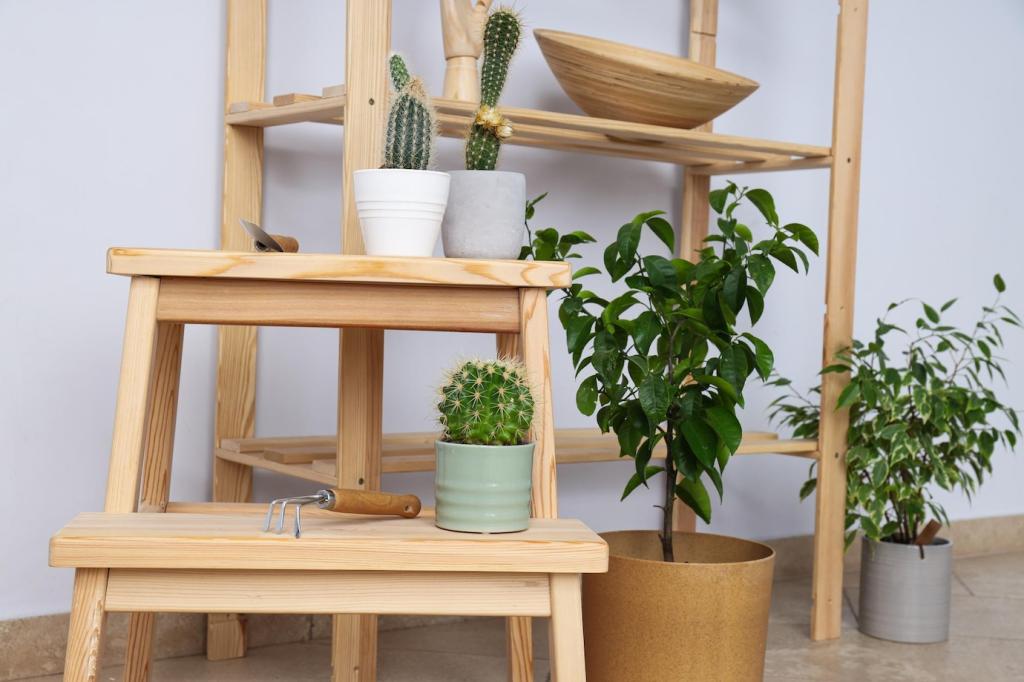
Care That Extends Lifespan
Wash in cold water with mild, biodegradable detergent, and skip fabric softeners that can coat fibers. Air‑dry whenever possible. Natural fibers shed fewer microplastics than synthetics, so your laundry routine becomes part of your environmental commitment every single week.
Care That Extends Lifespan
Rotate cushion covers seasonally to balance wear, line sun‑facing curtains to reduce fading, and learn simple mending like invisible ladder stitch. Small repairs preserve character, save money, and keep favorite textiles in circulation for years of everyday comfort.
Simple DIY Projects to Try
Envelope Cushion Covers
Use remnant linen or retired sheets to sew envelope‑style covers—no zippers needed. Measure your insert, add seam allowances, press clean hems, and topstitch. Share your finished cushions and tips in the comments so others can learn from your creative experiments.
No‑Sew Clip‑Ring Curtains
Hem with iron‑on tape, then hang panels using clip rings for a polished look without sewing. Choose mid‑weight hemp or linen for satisfying drape. Measure puddle, break, or kiss lengths to match your style, and post your results for community feedback.
Scrappy Table Linens
Turn leftover strips into a patchwork runner or reversible napkins. Embrace visible mending and sashiko‑inspired stitching for personality and resilience. These small projects reduce waste, spark conversation at dinner, and invite others to try mindful making at home.
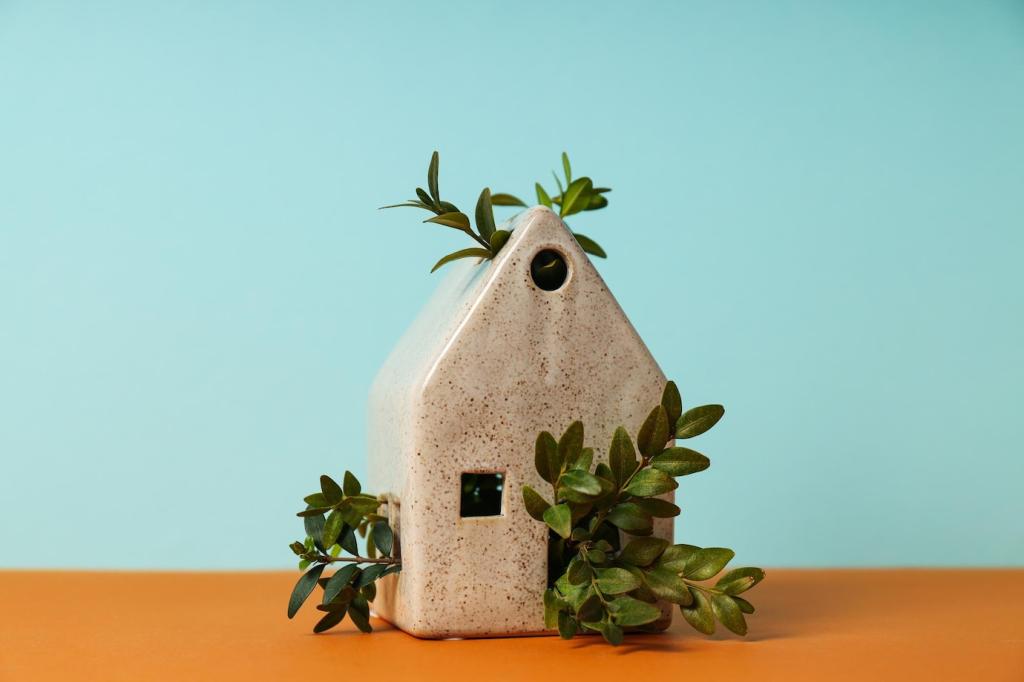
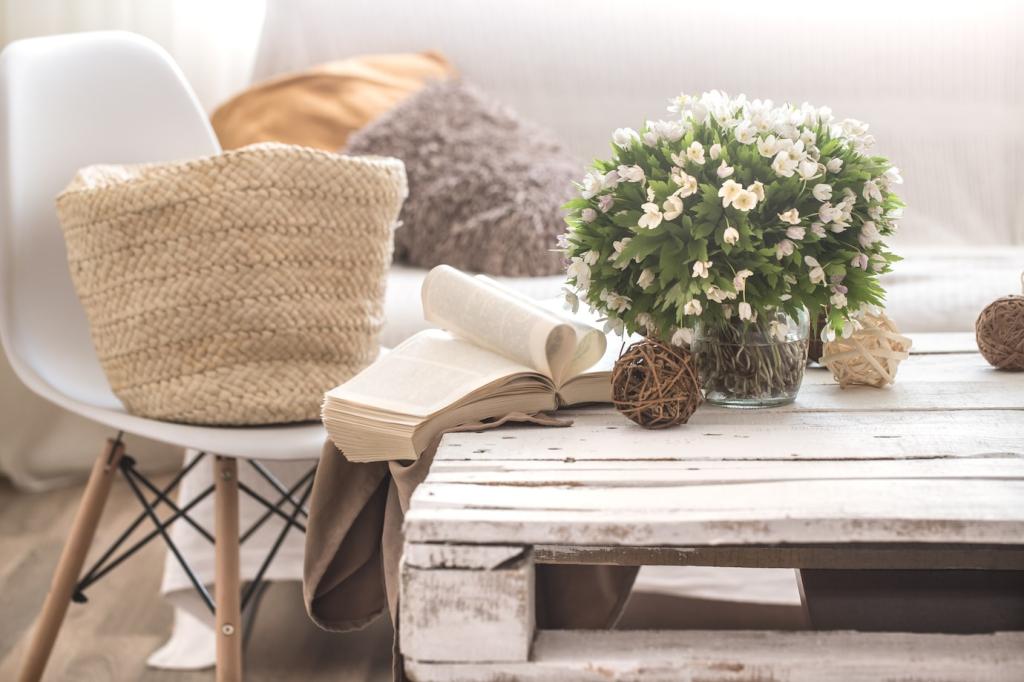
Smart Sourcing Without Compromise
Start with what you already own, then check thrift stores, textile swaps, and local deadstock shops. You’ll uncover characterful yardage and unique prints while supporting circularity and neighbors who share your passion for eco‑friendly decorating and mindful reuse.
Smart Sourcing Without Compromise
Request fiber origin, weaving location, dyehouse practices, and water treatment details. Responsible suppliers are proud to share. Transparency helps you compare options and invest confidently in fabrics that respect workers, ecosystems, and the stories behind your home’s beauty.
Health and Comfort Benefits
Breathe Easier Indoors
Natural, minimally treated textiles can reduce exposure to harsh finishes and unnecessary coatings. Fewer synthetic additives mean fewer odors, softer handfeel, and comfort for sensitive skin—especially welcoming in bedrooms, nurseries, and spaces where you unwind and recharge daily.
Thermal and Acoustic Comfort
Heavier drapery helps insulate windows, while wool and dense weaves dampen noise for calmer rooms. Combine sheers and lined panels to modulate light and temperature naturally, improving comfort and potentially reducing energy use across seasons without sacrificing style.
Pets, Kids, and Real Life
Durable hemp and sturdy linen blends stand up to daily adventures. Choose removable, machine‑washable covers and plant‑based inks. Practical does not mean plain—share how your family uses eco‑friendly fabrics, and we’ll feature clever, resilient setups in a future post.
Join the Eco‑Fabric Community
Post before‑and‑after photos of curtains, cushions, or table linens made with eco‑friendly fabrics. Tag your projects and tell us the materials used. We’ll spotlight favorites and highlight lessons learned to help more readers begin confidently.
